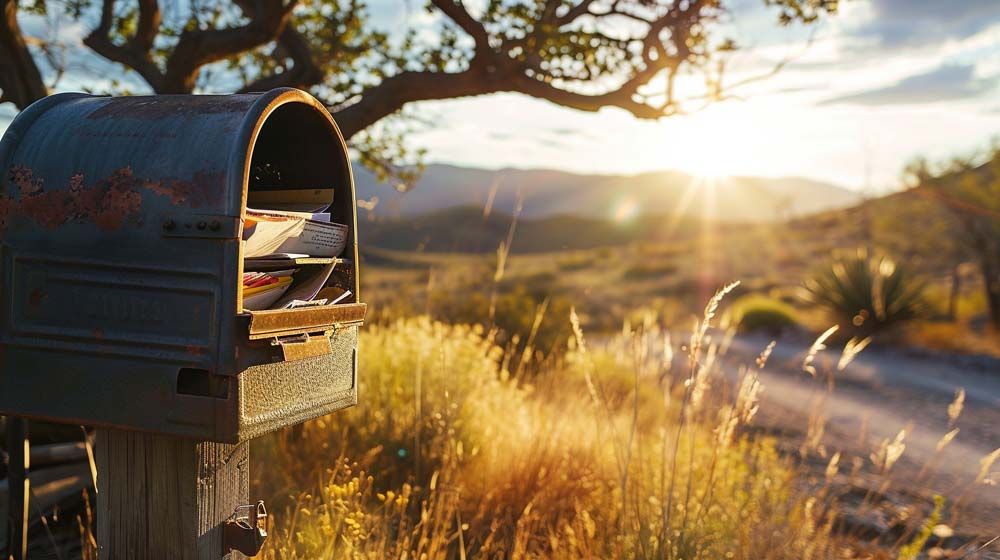In Praise of Rural Mailboxes


There’s an important intersection where long, winding rural driveways meet country roads, and this, my friends, is where we place our mailboxes.
A mailbox is like a handy rural portal; a receptacle for all things good and glorious. It might bring you seed catalogs and Christmas cards. It might hold a stack of your favorite magazines. If you’re lucky and young, it might hold a birthday package from your grandmother and that package might be incredibly heavy and filled with all the things you love best.
It’s true that mailboxes also hold some things that aren’t as glamorous (utility bills, tax assessments, random spiders, lots of gravel dust). But the sweet mystery of the unknown is what keeps us coming back, every day, to pull open that creaky mailbox door and peer inside in anticipation.
A rural mailbox by necessity must be large. Cavernous is even better. A tiny mailbox just doesn’t have the capacity that rural mailboxes require. How will you fit 300 onion plants, shipped direct from the seed company, in a tiny mailbox? How about that large container of equine ulcer medication? That replacement belt for the lawn tractor? Bottles of maple syrup from a faraway friend?
In addition to its necessary size, a rural mailbox must be resilient. With all due respect to the hardworking and dedicated plowing crews that faithfully clear our rural roads after blizzards, it must be noted that rural mailboxes have an inexplicable magnetic pull that draws snowplows in their direction. Thus, a mailbox needs a certain amount of resilience so that even when it’s had an unfortunate run-in with a snowplow, you can still push it back into some semblance of its former shape and structure and it can continue on, uninterrupted, in its valuable daily work.
Overworked, underappreciated, and built to last, the rural mailbox rarely gets the attention it deserves, and today, we salute its service. Thank you, mailbox!
Tags:Country Journal

Acreage Life is part of the Catalyst Communications Network publication family.














